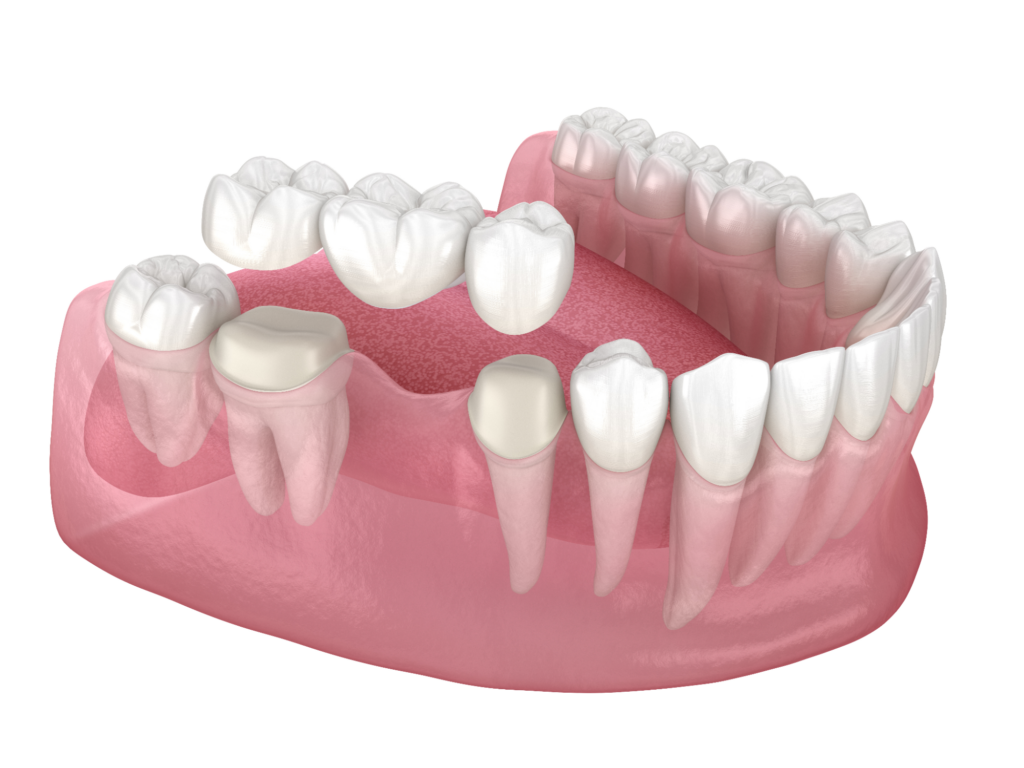A perfect set of teeth is an asset to anyone. It allows you to show off your dazzling smile and can save you the pain, hassle and expenses associated with bad and decaying teeth. Maintaining oral hygiene comprises taking care of your teeth, tongue and mouth. It’s important to regularly check your teeth for signs of potential damage so that you can visit a qualified dentist for remedial measures.
Tooth decay could lead to irreversible and permanent damage and tooth infections. Sometimes, tooth extractions are necessary to prevent further damage and maintain good mouth health. Let’s explore some common symptoms which indicate it’s time to schedule a dental tooth extraction.
Symptoms That Necessitate a Tooth Extraction
1. Overcrowding
When your teeth are deemed to be too crowded in a single area or too large to fit comfortably in your mouth, your dentist may refer to your teeth as being ‘overcrowded,’ or in medical terms, as ‘impacted’. The lack of adequate space in your mouth for a perfect fit of your teeth can lead to displaced and crooked teeth, which are not only unbecoming but also unhealthy.
In the case of tooth overcrowding, your dentist could suggest an extraction to make room for new emerging teeth. This is especially relevant when you’re young. Sometimes, when a patient requests or needs teeth braces to fix misaligned or impacted teeth, the dentist may need to extract a few teeth to ensure enough space for the essential teeth to be moved into a healthier position.
The risks of impacted teeth are tooth and gum pain, tooth decay, gum disease and possible difficulty with chewing your food. Your teeth could be misplaced when a tooth or a few of them have grown in a disordered manner. In such cases, tooth extractions are possibly the best remedy.
2. Physical Damage
You could break or chip your tooth in an accident, and it’s usually a simple trip to the dentist to fit a crown which could remedy the situation. Sometimes, however, the tooth could have broken much below the line of your gums. In this tricky situation, you may need to surgically remove the leftover chipped bits of your broken tooth to replace them with a new, artificial tooth that functions properly.
3. Severe Tooth Pain, Jaw Pain and Stiffness
Severe and unexplained pain in your teeth, mouth, jawbone or neck may indicate the need for a tooth extraction. Jaw stiffness and headaches stemming from your jawline are other indicators an extraction may be advisable. If you suffer from extended bad breath along with swelling, sensitive and bleeding gums, you need to visit your dentist immediately. Sometimes, you may have had a dental procedure done like a root canal, filling or putting a crown on your teeth that does not alleviate your pain but instead exacerbates it. In such a case, it is important to head back to your dentist for another evaluation.
4. Gum Infection
Gum disease, also known as periodontal disease, is an infection of the gums, teeth and surrounding mouth tissue. Lack of regular oral hygiene can lead to the development of this condition and could hasten tooth decay. If not caught in the early stages, it may necessitate tooth extraction.
This is because if you don’t manage your regular oral health well, your teeth bones and structure could be eaten away by bacteria, causing rotting of the teeth and potentially bacterial infection. If an abscess has developed, a tooth is loose or there is a severe infection that is spreading to other teeth, bone or surrounding soft tissue, an extraction may be warranted.
5. Impacted Wisdom Teeth
Wisdom teeth often grow in the wrong direction and need extraction. However, the condition could be more severe with an impacted wisdom tooth, which happens when the tooth doesn’t emerge properly from the gum and remains impacted well into the bone of your tooth. An extraction is the best remedy in this case. After conducting a thorough examination of your teeth including taking X-rays as needed, your dentist may cut into your gum tissue to remove the offending tooth and caution you to return for regular check-ups to ensure the gum tissue is healing well.
6. Extensive Tooth Decay
Lack of good oral hygiene and an unhealthy diet can lead to the build-up of plaque and tartar, which is a cause of damaged teeth. You can reverse these symptoms if they’re caught in time and remedied quickly. However, when your teeth have decayed beyond repair, fillings and root canals may not help, and your dentist may advise an extraction to prevent further infection and to help reduce the pain.
7. Bad Tooth Infection
When your tooth decay has reached the region of your tooth’s pulp, an infection is possible. This could lead to extensive tooth and gum damage, which may necessitate one or more extractions.
Sometimes, an extraction could be a preventive measure as well. For instance, patients who are undergoing medical procedures like chemotherapy may not be strong enough to effectively handle a broken tooth, and an extraction may be the best way to prevent further infection.
Conclusion
If you maintain regular oral hygiene, you could have a healthy set of teeth and gums. Brushing your teeth twice a day and using dental floss at least once daily is ideal. Schedule a visit to your dentist at least once every six months for a teeth cleaning session and to monitor any negative symptoms you may experience. Oftentimes, tooth pain could just be a case of sensitive teeth or a small cavity which a regular dental procedure can fix. However, this regular visit is imperative for your dentist to check for possible damaged, impacted, infected or broken teeth that may need an extraction.
Book your appointment today to have a thorough checkup, and catch the causes of tooth decay before they occur!


